8 ans d'expérience sur 2 pages A4
Pour les conventionel∙les et les procédurier∙es, mon CV est dispo là, en échange de ton petit mail 👉
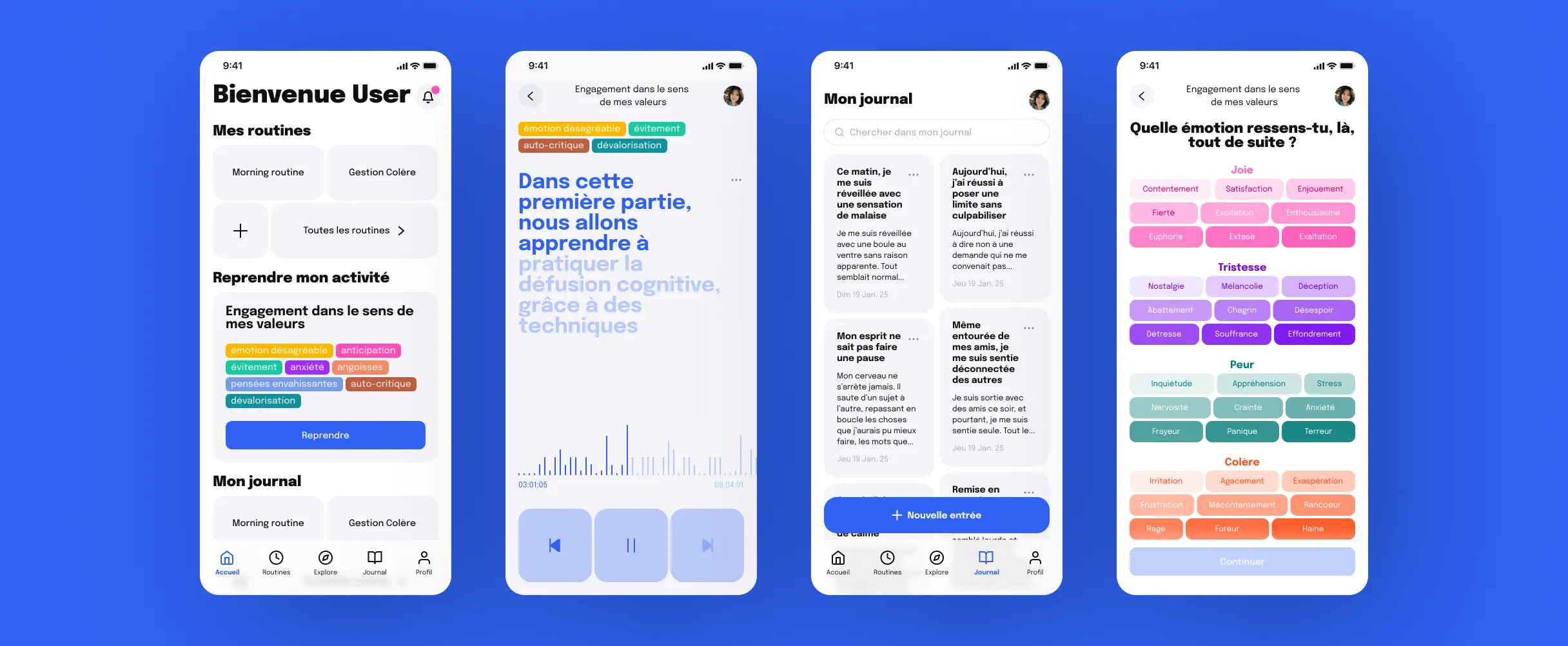
Psykey is a mental health education and prevention app. Our added value lies on three pillars: identifying users’ deep cognitive patterns (Cognitive Behavioural Therapy test), creating personalised routines that make practices “stick” in daily life, and offering a permanently free version, unique on the market, to democratise access. Unlike other applications, Psykey enables deeper and longer-term self-work.
Our target audience: young adults, especially women, aged 25 to 34, interested in personal development, wellness, meditation, and consuming mental health content on Instagram or TikTok.
These users are looking to know themselves better, integrate wellness routines, and find an educational, preventive approach to mental health.
We are convinced of the necessity of our product because the prevalence of depressive episodes among young adults in France has almost doubled in four years: from 11.7% to 20.8% between 2017 and 2021 (Health Barometer 2021 – Santé Publique France).
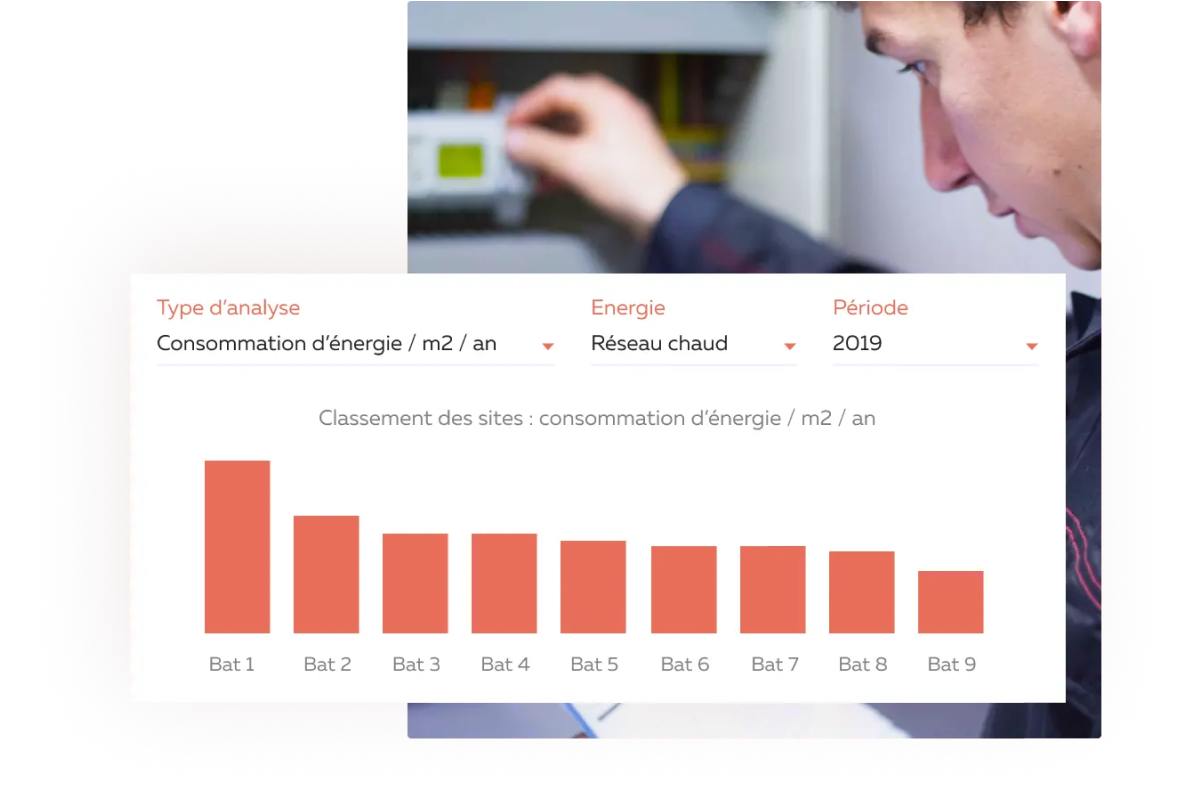
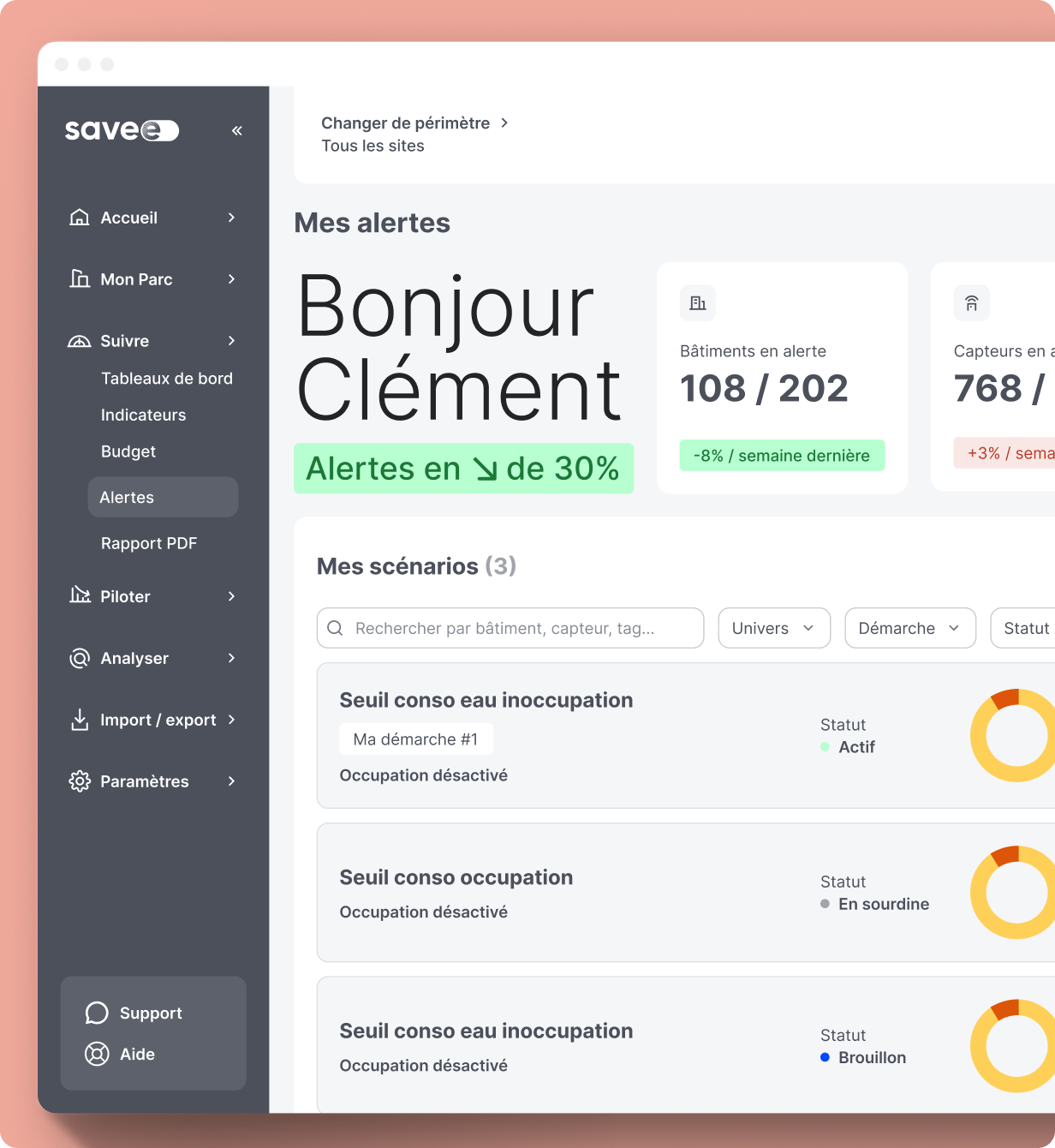
When I joined Psykey, the team consisted of three people: Méryl (CEO), Clara (CTO), and Félix (Business Analyst).
A first version of the product already existed as a WordPress website. User feedback was positive on the content but very negative on the experience: the site was unusable on mobile, navigation was confusing, the information architecture disoriented users, and loading times were too long. The result: despite strong initial interest in the content, the experience discouraged users from returning.
At the same time, product documentation was scattered across several platforms, and the team lacked a clear roadmap.
The stakes were critical: in less than a year, we had to launch a credible mobile version, attract thousands of users, and generate conversions to a premium model.
I was given full freedom to define a methodology, a roadmap, and a product vision.
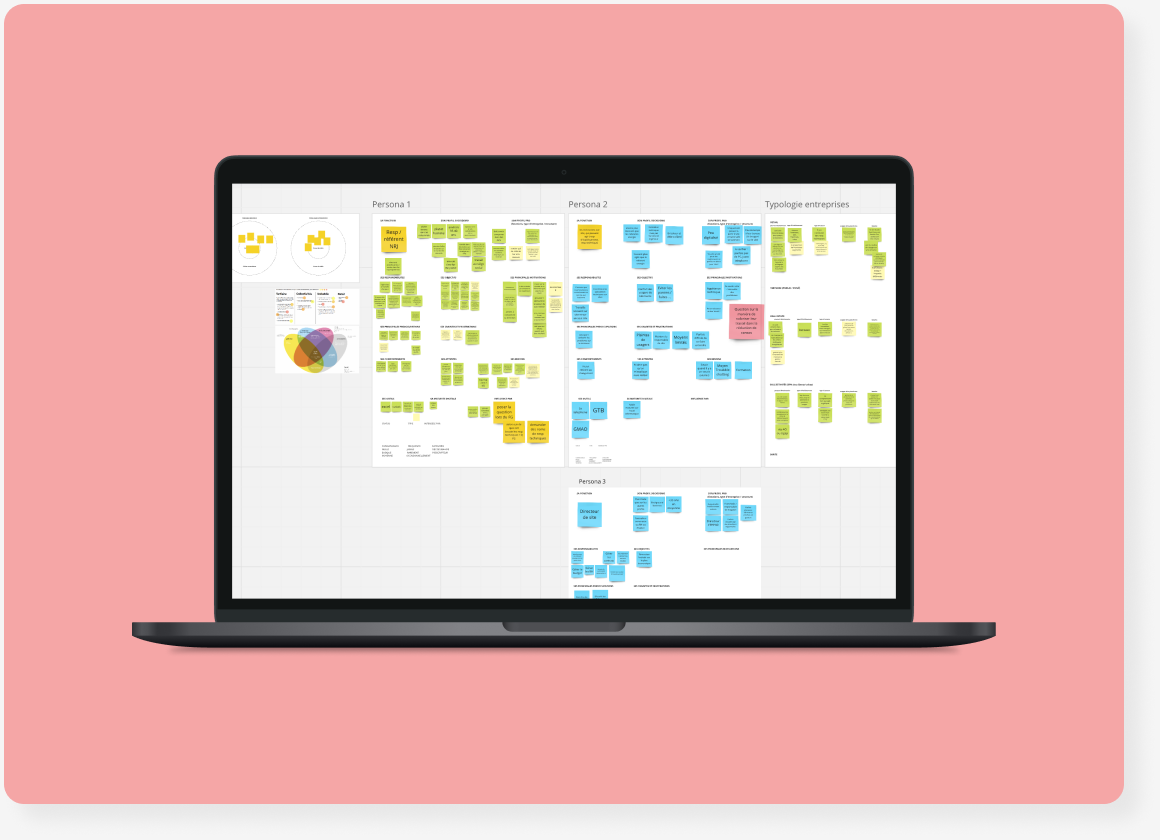
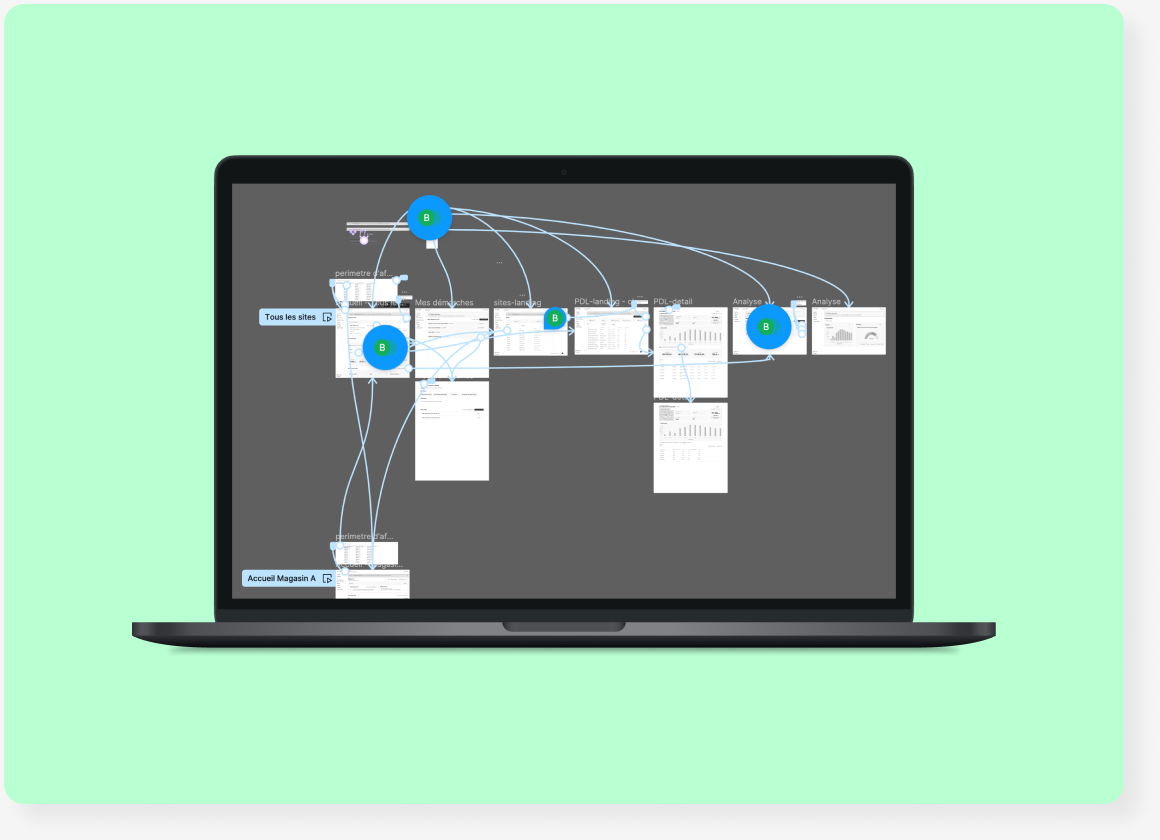
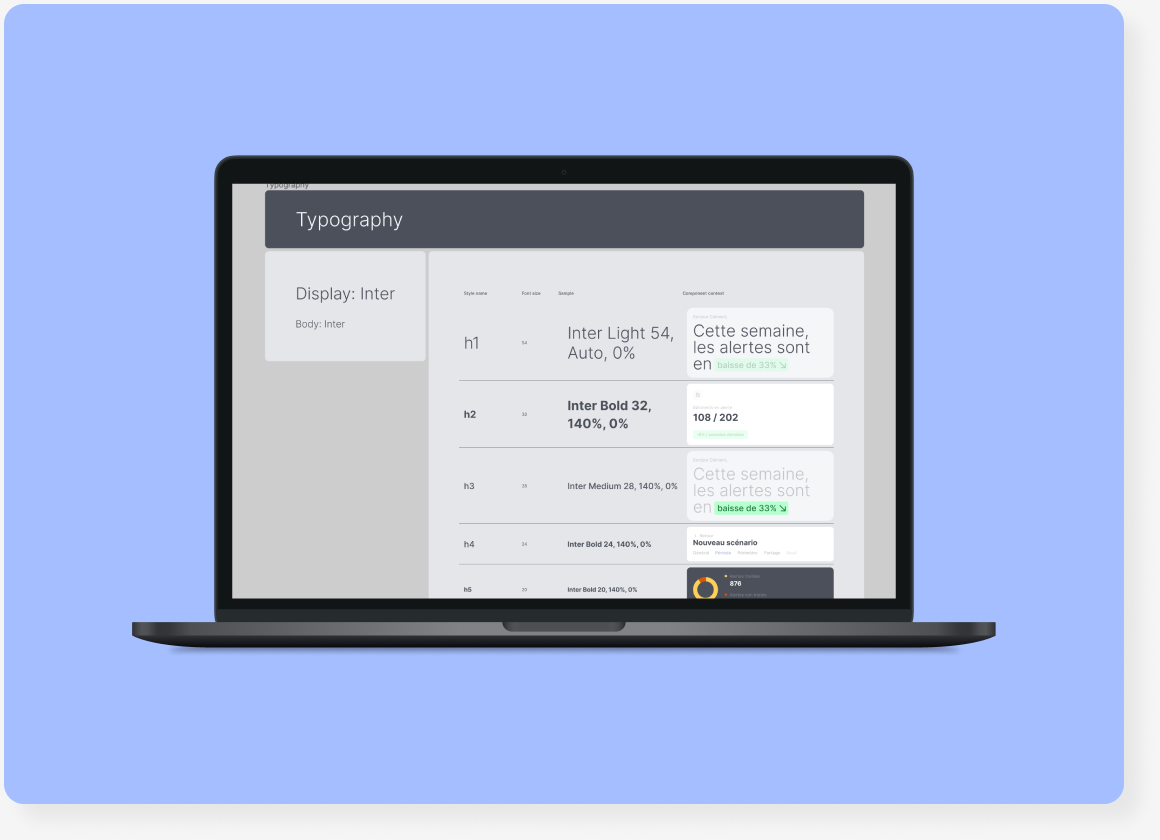

As a result of this work, deep divergences in vision emerged within the team. Clara, the CTO, and Félix decided to leave the project. Méryl and I found ourselves carrying Psykey on our own. As destabilising as this moment was, it acted as a revelation: our visions and ambitions were perfectly aligned. That’s when I officially decided to become a late co-founder and took on the role of Late Founding Designer at Psykey.
But one crucial question remained: how to continue without a developer? We knew we had to stay agile and release a new version quickly. After several discussions, we find a solution that allow us to not rely on tech anymore: using Kajabi, an existing platform for distributing educational content, which allowed us to recreate an experience consistent with our ambitions (progression, favorites, routines) without requiring complex development.
Le Campement ended up not working for us, for an administrative reason (the company’s creation date, which was three days too old, disqualified us). But this disappointment opened a new door: we joined Les Premières, a Bordeaux-based incubator dedicated to women entrepreneurs. This new framework provided us with a valuable network and strong support to keep moving forward.
So far, I’ve learned a lot about the human side of entrepreneurship, and what it means to carry a product vision with a co-founder. I’ve also experienced firsthand the reality of building a product business: making structural choices, learning to pivot quickly without losing sight of the objective, and maintaining vision consistency despite technical and organisational constraints.
Together with Méryl, we consolidated our vision, refined the brand positioning, and prepared the educational content that will be at the heart of our future platform. Our integration into Les Premières gave us fresh momentum and allowed us to lay solid foundations for the next phase.
Our next major objective is the launch of our first version on Kajabi. We know we can quickly onboard our first 100 users, already loyal to Psykey, but the real challenge will be scaling: acquiring new users, retaining them, and converting them into premium subscribers.
This is why we have already started working on an acquisition strategy, and will soon deploy our first communication efforts to prepare for the app launch. These steps mark a new phase of our journey, where the challenge is no longer just creating a product, but building an engaged audience around our mission.
This experience has strengthened my conviction that design is above all a way to bring an entrepreneurial vision to life.